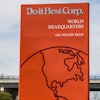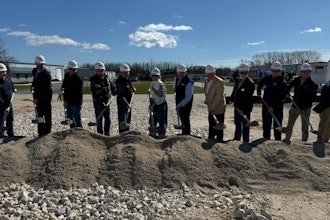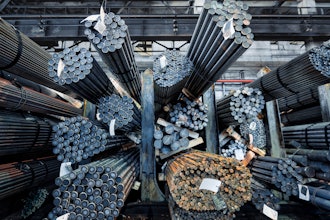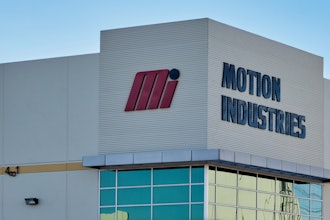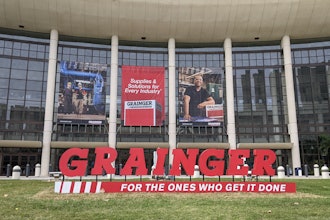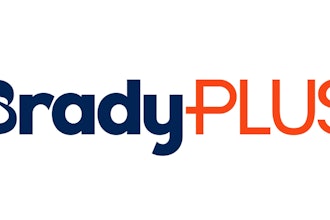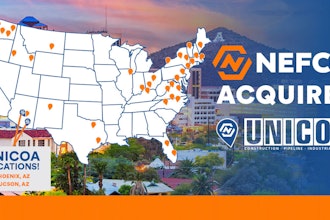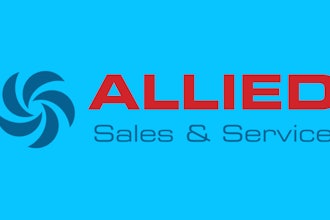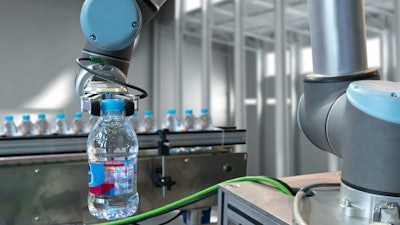
For manufacturers, what does it mean for software/hardware to come to its end-of-life (EOL)? This happens when technology manufacturers cease to support the software, meaning no more updates or service support will be available. For manufacturers focused more on their manufacturing processes and not IT processes, they can quickly find themselves going into a tailspin.
Planning for the end of software’s life is not an easy endeavor. EOL brings transition pain in various forms. It cannot be avoided because software comes with a predefined EOL to which users must adhere and plan for accordingly. IT solutions experts can make a world of difference in the migration process when the need arises to transition to a new version or entirely new software.
Planning is key because there can be a lot of snafus if trying to manage a large re-implementation project using similar software with added functionality. There can be various upgrades and system changes that disrupt integration activities, causing lengthy implementation times with lots of delays, and sometimes, unexpected costs of license transferal.
What is needed is a framework for the process of dealing with initiation, planning, and execution of any change within the organization. As part of the planning, it is key to get all of the stakeholders on board and to understand the changes resulting from an EOL migration.
Manufacturers need to manage migration issues in a manner that ensures they can stay up and running safely, securely and at optimal capacity. First and foremost, safety for both employees and for the environment is paramount.
Production and process resiliency and efficiency are key factors in safeguarding a manufacturer’s productivity and to ensure production runs at full capacity. Downtime reflects loss of money, and the recovery of critical processes results in even greater losses due to the amount of time needed to rebuild and restart.
Any malfunctions or production issues at plant sites can ruin a reputation by causing delayed deliveries or problems with product quality. It is a big deal and this is why changes in an IT environment should be planned out from start to finish.
It is critical for manufacturers with EOL systems that they choose a partner wisely, one that is vendor-agnostic and handles operability, reliability, and integrity for multiple technologies, equipment, hardware and software. This is because most manufacturers have reduced their cost of ownership and eased component replacement by investing in interoperable systems that support the use of multiple vendors and software versions.
There are also regulatory concerns and a need to make sure there has been some due diligence. Regulators have different requirements on safety and cybersecurity in IT environments. Manufacturing companies have come to understand that they may have to invest even more in changes with EOL and within IT environments to ensure process reliability.
Kevin Meany is the Chief Technology Officer for Versatile.



